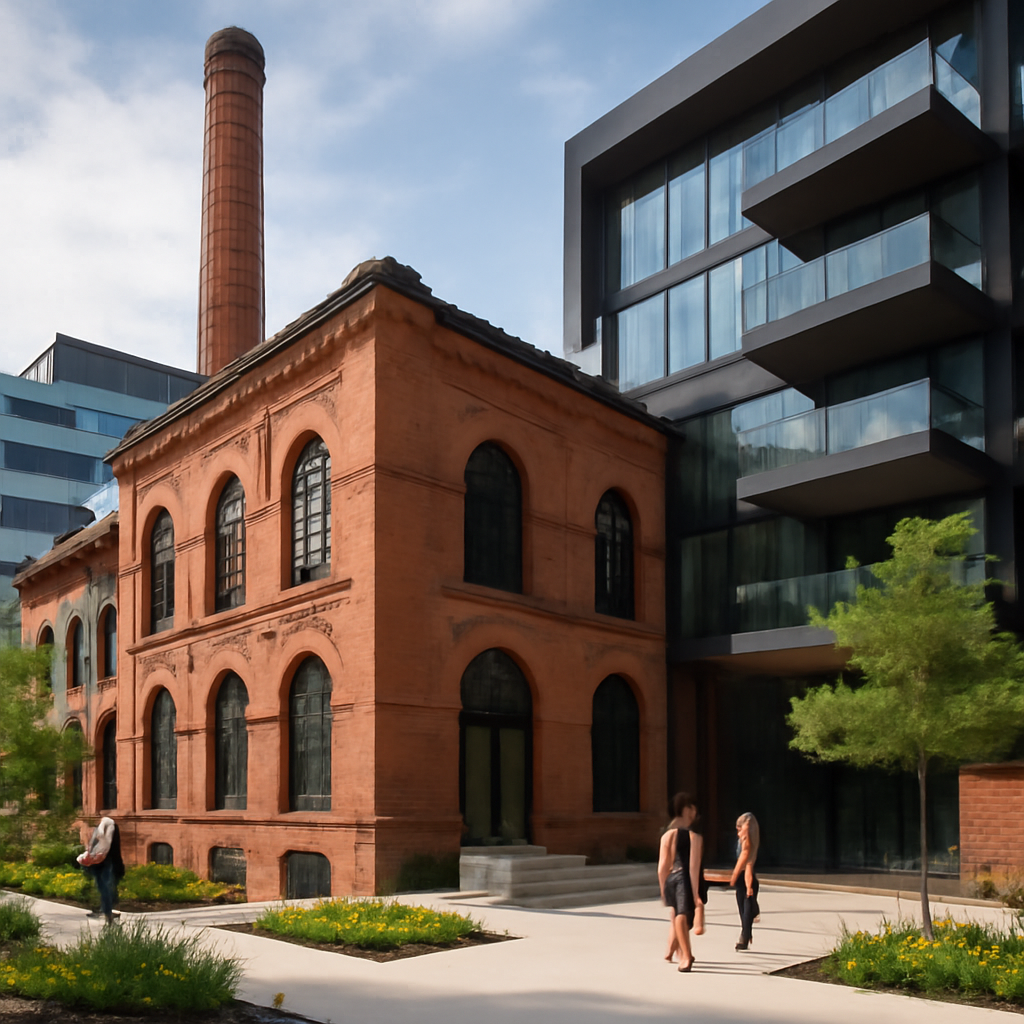Location
Mount Vernon, WA 98274
Location
Mount Vernon, WA 98274

As cities grow and evolve, the concept of adaptive reuse is gaining traction as a sustainable solution to urban development. This approach not only preserves historical architecture but also breathes new life into underutilized spaces, fostering community engagement and economic growth.
In recent years, urban planners and architects have increasingly turned their attention to adaptive reuse as a key strategy for revitalizing urban spaces. This innovative approach involves repurposing old buildings for new uses, transforming defunct warehouses into vibrant community hubs or converting historic schools into affordable housing. The benefits are manifold, combining sustainability, historical preservation, and economic revitalization.
One of the most compelling examples of adaptive reuse can be seen in cities like Detroit, where the transformation of the old Michigan Central Station into a hub for technology and innovation has sparked renewed interest in the surrounding area. This project not only honors the building’s storied past but also aims to attract new businesses and residents, thereby boosting the local economy.
Moreover, adaptive reuse significantly reduces waste and the carbon footprint associated with new construction. According to the National Trust for Historic Preservation, reusing buildings can save up to 50% of the embodied energy compared to demolishing and rebuilding. This aligns perfectly with current sustainability goals, making adaptive reuse a win-win for both urban planners and the environment.
In addition to environmental benefits, adaptive reuse projects often foster a sense of community. Spaces that were once neglected can become cultural centers, art galleries, or local markets, encouraging social interaction and engagement. For instance, the High Line in New York City, a former elevated railway, has been transformed into a green space that hosts art installations and community events, serving as a model for other cities around the world.
As urban populations continue to rise, the challenge of accommodating growth sustainably becomes increasingly pressing. Cities embracing adaptive reuse are setting a precedent for how urban development can be approached in the future. This method not only preserves historical context but also provides innovative solutions to the pressing needs of modern urban life.
Looking ahead, the integration of smart technology in adaptive reuse projects could further enhance their impact. Imagine a historic building equipped with energy-efficient systems, smart lighting, and interactive community spaces. Such developments would not only honor the past but also pave the way for a more sustainable and connected future.
In conclusion, adaptive reuse stands out as a transformative strategy in urban development, marrying historical preservation with contemporary needs. As cities continue to evolve, embracing this approach could play a crucial role in shaping sustainable, vibrant, and resilient urban environments.